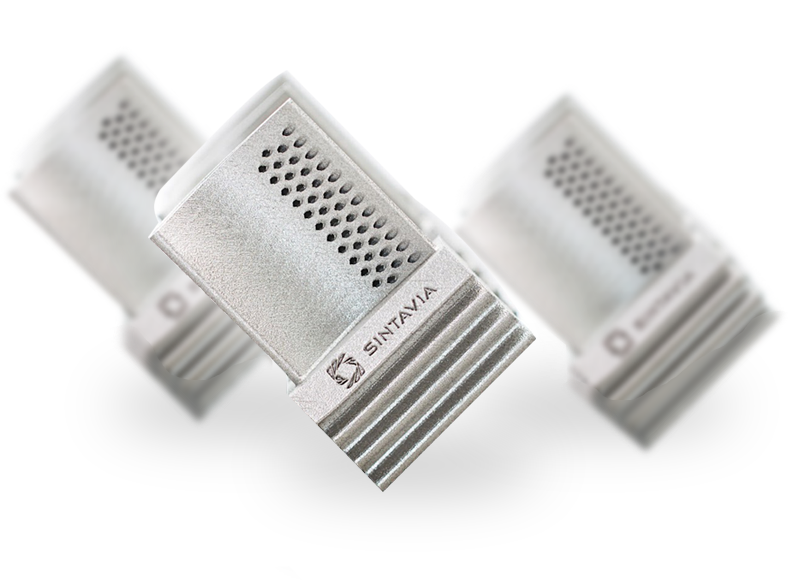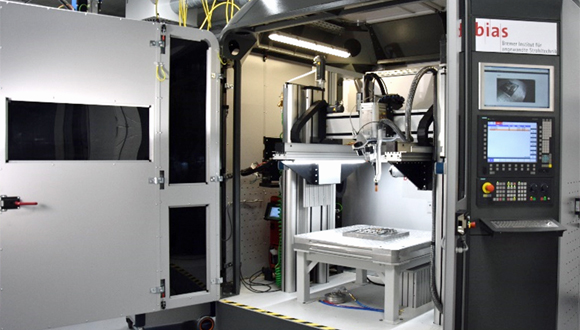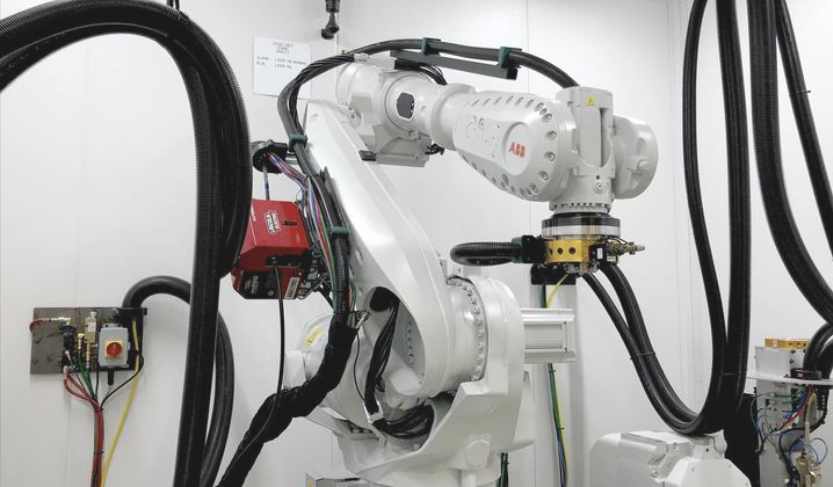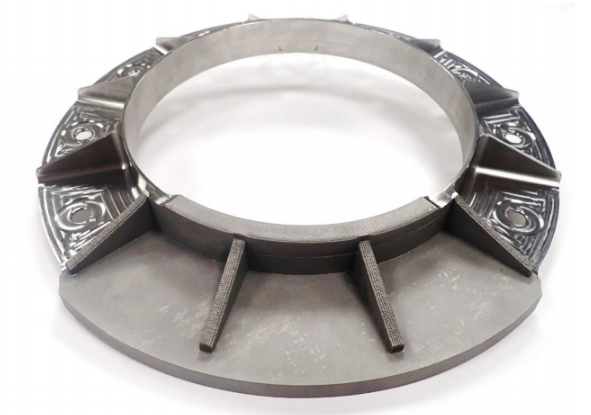Russia continues to venture into additive manufacturing for critical applications, just releasing the successful results of a flight test for their 3D printed MGTD-20 Gas Turbine Engine. The Russian Foundation for Advanced Research Projects in the defense Industry relayed this new information to Russian state-controlled news agency, Sputnik:
“Russia has for the first time conducted flight tests of the MGTD-20 gas turbine engine made by 3D-printing,” the statement said.
Testing (resulting in a successful landing) was held at the Kazanbash aviation center in Tatarstan, about 500 miles east of Moscow—following successful evaluation also of gas turbine engines 3D printed last year. The device passed altitudes of 170 meters during testing, with a maximum ground speed of 154 kilometers per hour. According to the Russian Foundation for Advanced Research Projects, engine speed was noted at 101,600 rpm, while was working speed was 58,000 rpm.
Exemplifying the benefits of 3D printing, the Russian engineers have reported that they were able to decrease production time exponentially; in fact, they are now not only manufacturing the components for aircraft 20 times faster, but they have also been able to cut the cost factor significantly.
These improvements fall in line with many of the advantages of using what most may consider to be a new and progressive technology; however, organizations like NASA have known about—and have been employing 3D printing—for several decades. While the technology was originally used by engineers for rapid prototyping of parts then produced via conventional manufacturing, more commonly now high-performance, strong, lightweight, and functional components are being 3D printed.
This is true for numerous other critical applications to include medical, aerospace, automotive, and construction. In some cases, strides already made within 3D printing have transformed industries like medicine and aerospace, while yet others like construction are still slowly evolving with some promises from developers continuing to be proven overinflated.
Manufacturing of the aircraft is expected in 2021-2022. The engines are 3D printed with heat-resistant aluminum alloys meant for serious industrial use, offering a 22-kilogram-force thrust. The project was developed in coordination with the Fund for Advanced Research and the Federal State Unitary Enterprise “VIAM” State Scientific Center of the Russian Federation with the participation of JSC NPO OKB im. M.P. Simonov.
The Russians have certainly not been devoid of headlines regarding 3D printing, including their latest news at the International Space Station as Russian cosmonaut Oleg Kononenko bioprinted cartilage to advance regenerative medicine in space while in zero gravity conditions. In other projects, Russian researchers have experimented with 3D printing titanium for medical implants, and have also ventured into the area of construction of homes that can be manufactured onsite, and quickly so.
In the US, 3D printing for rocket engines has continued, with dynamic projects continue to evolve via NASA—from new methods to fabricate complex rocket engine nozzles to collaborating with businesses like Aerojet Rocketdyne for production of RS-25 engine rockets, while other companies like Launcher and AMCM have been behind the successful production of a large single-part 3D printed rocket.
[Sources: Russian Foundation for Advanced Research Projects; Affairs Cloud; Big News Network / Image: Big News Network]
The post Russia Successfully Tests 3D Printed Engine appeared first on 3DPrint.com | The Voice of 3D Printing / Additive Manufacturing.










